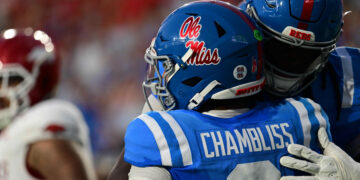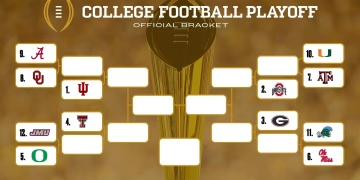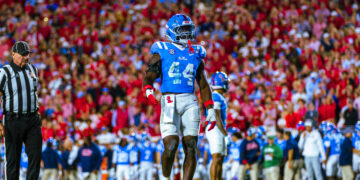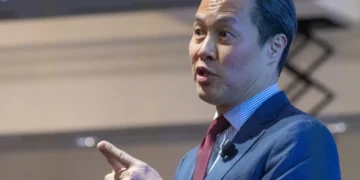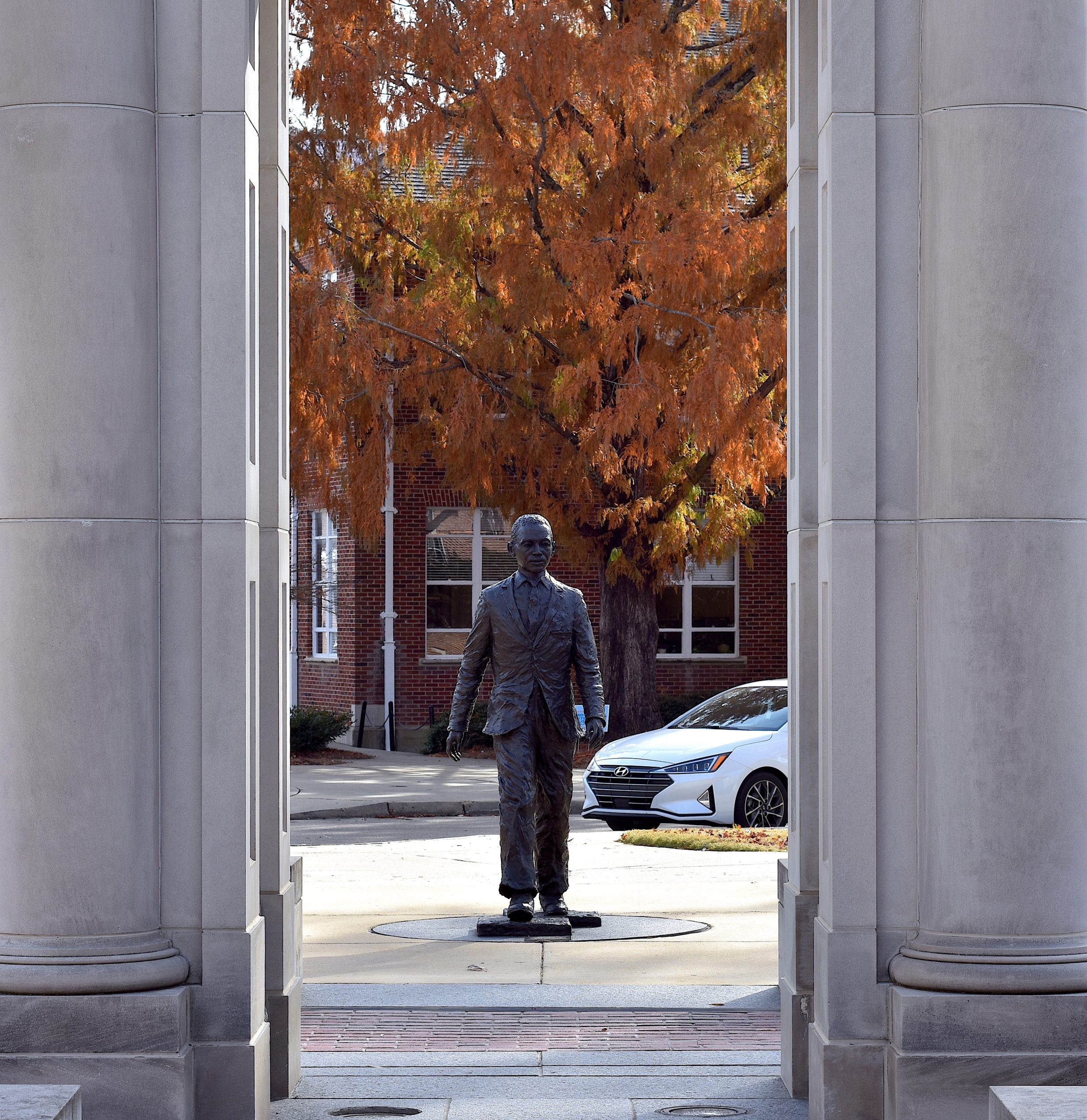
When strolling through a campus like Ole Miss, known by many for its historic Southern charm, it is impossible not to think about the past. Buildings remain from the time of the Civil War, the trees in the Grove stand mature and tall, and some students walk the same paths their great-grandparents traveled to class. Many cultural elements have lasted through generations of Ole Miss students, but some have been rightfully disrupted along the way. The enrollment of James Meredith, the first Black man to attend the university, was one of those major disruptions.
In the 1950s and ’60s, Ole Miss had one of the most prominently white, rich and overwhelmingly Southern cultures of any other university, and the idea of a Black man breaking into that culture was a shock to the system.
“It’s important to keep in mind that the university and its reputation and culture around 1962 was that of a finishing school, particularly for the state’s white elite,” Darren Grem, associate professor of history and Southern studies, said. “That means they’re basically putting the finishing touches on a young person’s development.”
This “finishing” more specifically refers to the final affirmation of traditional Southern roles, which were in place to produce the next generation of Southern political elites. For both genders, it was largely about socialization and building a reputation for themselves and their families.
Specter of the Confederacy
There was also a militant, rebellious ideology passed down from the Civil War in which students believed they represented the South their ancestors fought for in the Confederacy. This was — and still is, at times — displayed in various forms of Confederate iconography and re-creation on Ole Miss’ campus.
“You’ve got Colonel Reb everywhere. He’s more than just a mascot, he’s set up as this kind of icon. So every white man on campus should aspire to be this Southern gentleman with a bit of a militant streak behind him,” Grem said, describing what it was like on campus at the time Meredith applied for admission to the university.
This Confederate sentiment — one that idealized scenes of plantation owners sitting on the porch surveying the land, Southern belles tending to the children and cotton billowing through the breeze — is what caused Ole Miss students to feel such shock at the idea of a Black student shattering their ideals, however wrong that may have been.
“There are significant ways in which this culture was very insular and very powerful and very effective for creating these intensive emotional attachments and social pressures, so that when James Meredith says, ‘I’m going to be in the midst of this,’ this is more than just a violation of racial spaces. It’s a violation of everything. It’s a violation of your whole world,” Grem said. “And when people feel that kind of violation, especially in a place that has such militant undertones to it with Confederate flags and a Confederate soldier standing at the front of the university, this can be a situation that cannot just present violence but clearly can unravel into a riot.”
That is precisely what happened. In 1962, when James Meredith enrolled at Ole Miss, deadly riots akin to a battle broke out between the U.S. troops sent by President John F. Kennedy sent to protect Meredith and the people – students and others from outside the university — who wanted to keep him out. To ensure Meredith’s safety, some troops stayed in Oxford for a few months after the fighting died down.
Before this riot, Ross Barnett, the Mississippi governor at the time, had barred Meredith from attending the university, but since the Supreme Court ruled in Brown vs. the Board of Education in 1954 that segregation in schools was unconstitutional, the situation had implications beyond the state of Mississippi.
“The intensity of the situation is very real. The politics are really high level because JFK wants to see this unfold without Meredith getting killed. He also is working with Ross Barnett behind the scenes, with a clandestine plan to get James Meredith on campus and enrolled,” Grem said.
Change comes slowly
Once Meredith was finally admitted to the school, the student body on campus was slow to accept such a change. Meredith was still largely seen as an outsider on campus, even though he was receiving support from other civil rights activists for his victory. It would take years for the culture to become even mildly accepting of Black students, even after more enrolled.
Even now, students who may have heard of Meredith in classes or even see him in the Grove on game days may not fully grasp the importance of what he did when breaking into this culture. They know about him but not the gravity of his legacy.
“I know that he was the first African American student enrolled on campus, and in my EDHE class, we learned about how his presence was not welcomed by the student body but that his presence ultimately changed the school into the thriving society it is today,” Jack Rossi, a freshman integrated marketing communications major, said.
In the years after Ole Miss integrated its student body, though it may have been countercultural, Black students knew they needed to take a stand and find or make places where they could begin to thrive on a predominantly white campus. So, six years later in 1969, the Black Student Union was founded at UM.
“Throughout the years, BSU has grown to be the largest minority student organization on campus, providing its members with social, academic and community engagement opportunities,” Quiana White, current BSU president, said. “During the academic year, we host events big and small to allow our minority students a chance to network and engage in fellowship with other minority students on campus.”
Divine Nine have an impact
BSU was not the only way that Black students broke barriers in such a closed-off culture. Chapters of historically Black fraternities and sororities were also founded on campus shortly after BSU to create even more spaces for community in ways that mirrored what white students had done on campus for generations.
One of these is the Xi Zeta chapter of the Sigma Gamma Rho sorority, which was founded on Oct. 28, 1994.
“The Xi Zeta Chapter of Sigma Gamma Rho Sorority, Inc. as well as our Divine Nine counterparts have always and still do strive to create a safe and welcoming space for students on campus, especially Black students,” Mia Sonnenbaum, current chapter president for the Xi Zeta chapter, said.
Sigma Gamma Rho and other Divine Nine organizations follow the same types of values held by the white sororities founded before the school was integrated. They showed that they had the same aspirations and goals in philanthropic efforts, leadership, community and connections as their previously all-white counterparts at the university.
“We stand for ‘Greater Service, Greater Progress.’ We are known for our drive to make society better through sisterhood, service, and scholarship,” Terkevia Hughes, recording secretary and co-chair of community service for the Xi Zeta chapter, said.
Because of their efforts to ensure that Black students have the same opportunities as white students, as time went on, these organizations have reached a point where they feel supported by Ole Miss and important to the culture of the school in a new generation.
“I would say we feel very supported by the university. The Greek life here is like one big family. We are all different in many ways, but our values aren’t,” Sonnenbaum said. “We get so much support from the other Divine Nine organizations on campus, CPH and other Black student organizations. We are also supportive of them. Our community is strong and steadily growing.”
Even though many feel supported by the university, especially the larger groups, some individuals still feel that Ole Miss has further to go when it comes to truly supporting a diverse student body.
“I think they do an okay job at hosting events for diversity, but sometimes it feels like it’s just a goal to reach for the school so they can be seen as more diverse,” Lauren Williams-Riddle, a senior linguistics major, said. “Even with the Black sororities and fraternities, it’s not the same as the ones that are predominantly white because they don’t have the houses, they just meet. The school supports these groups, but it’s not fully the same.”













